As the global economy experiences tectonic shifts, many EU-based companies are exploring nearshoring strategies, i.e., relocating their manufacturing bases closer to home, to ensure a more robust and reliable supply chain. One sector in which this trend is increasingly noticeable is the rubber manufacturing and fabrication industry. A leading contender that’s attracting attention as a potential nearshoring location is Serbia. Let’s unpack the reasons behind this allure.
1. Geographic Proximity and Access:
Strategically located at the heart of Southeastern Europe, Serbia offers excellent access to the larger European market. Its well-connected transport links shorten supply chain logistics and reduce associated transportation costs, adding to its appeal for the EU companies.
2. Skilled Labor Force:
With its robust STEM (Science, Technology, Engineering, and Mathematics) education system, Serbia is home to a competent and highly skilled workforce. For industries as technical and specialized as rubber manufacturing and fabrication, access to such talent can significantly enhance productivity and innovation.
3. Cost Efficiency:
Serbia offers competitive labor costs, one of the primary drivers for companies considering nearshoring. When coupled with Serbia’s comparably lower operational expenses, it presents a compelling business case for companies looking for ways to optimize expenditure while maintaining quality.
4. Attractive Investment Incentives:
Serbia has put forward a set of generous incentives to attract foreign direct investments (FDI). These include tax breaks and subsidies for high-technology sectors like rubber manufacturing, thus softening the financial burden that companies often face when navigating a transition.
5. Regulatory Alignment:
Serbia’s contender status to join the EU is an influential factor. This ambition ensures a drive towards harmonizing regulations, standards, and practices with those of the EU, establishing a conducive environment for European businesses.
6. Infrastructure and Technology:
Big strides have been made in the development of Serbia’s infrastructure, particularly in telecommunications and transport, vital for manufacturing operations. Simultaneously, continuous investments in technology foster an environment conducive to the advanced needs of rubber fabrication.
However, nearshoring to Serbia does come with challenges. For instance, language and cultural differences could influence team integration and communication, and the ongoing efforts to upgrade regulatory norms may also present uncertainties.
In conclusion, nearshoring rubber manufacturing and fabrication activities to Serbia offers multiple structurally, economically, and strategically laden benefits for EU companies. Understanding these advantages, coupled with measures to mitigate possible barriers, can unlock the enormous potential Serbia has to offer, creating a resilient and efficient supply chain in the rubber manufacturing industry for European businesses.
